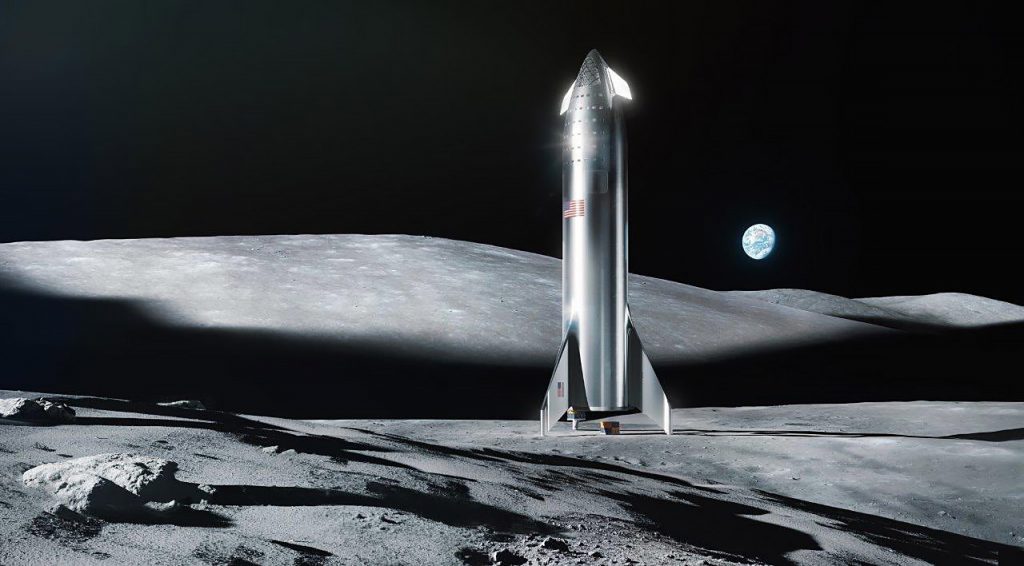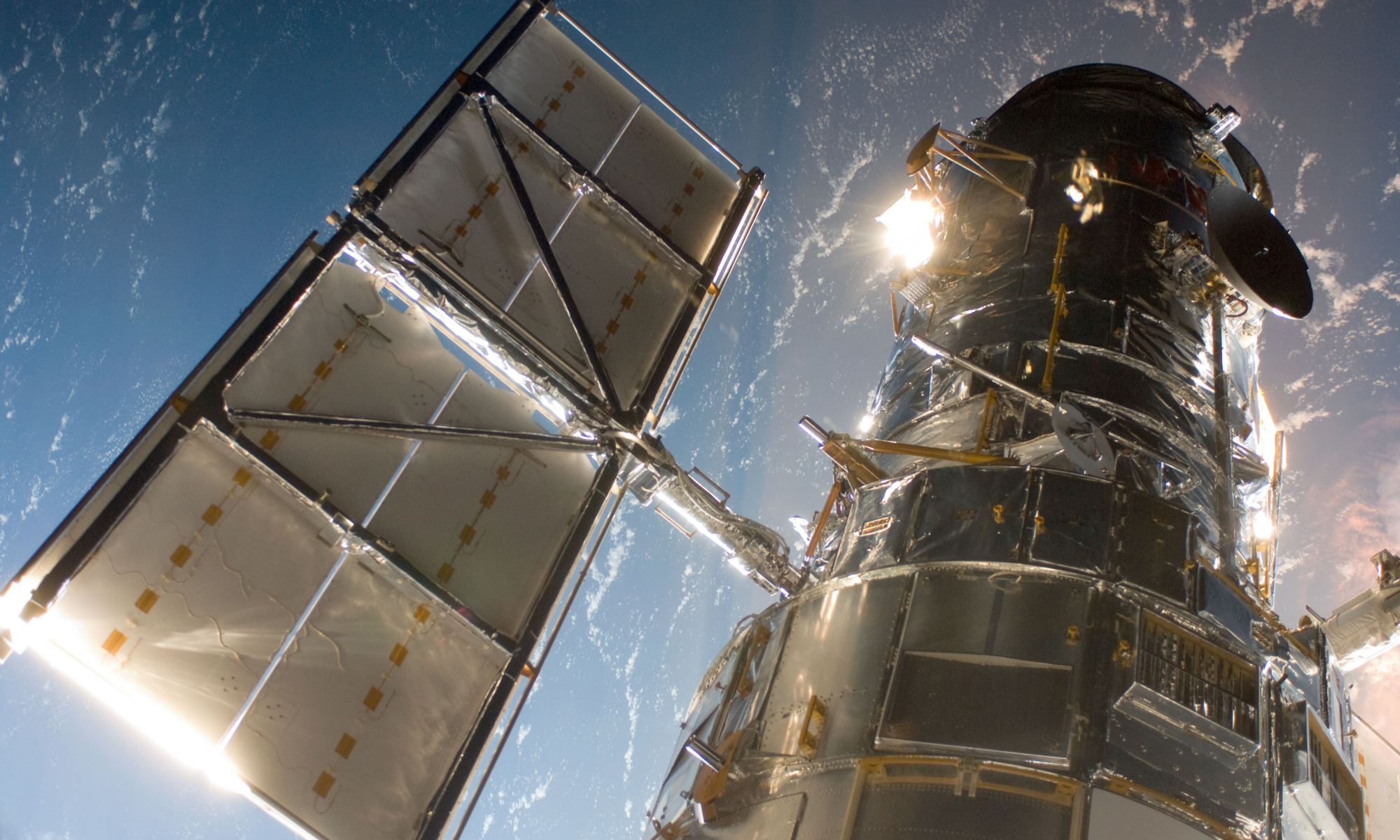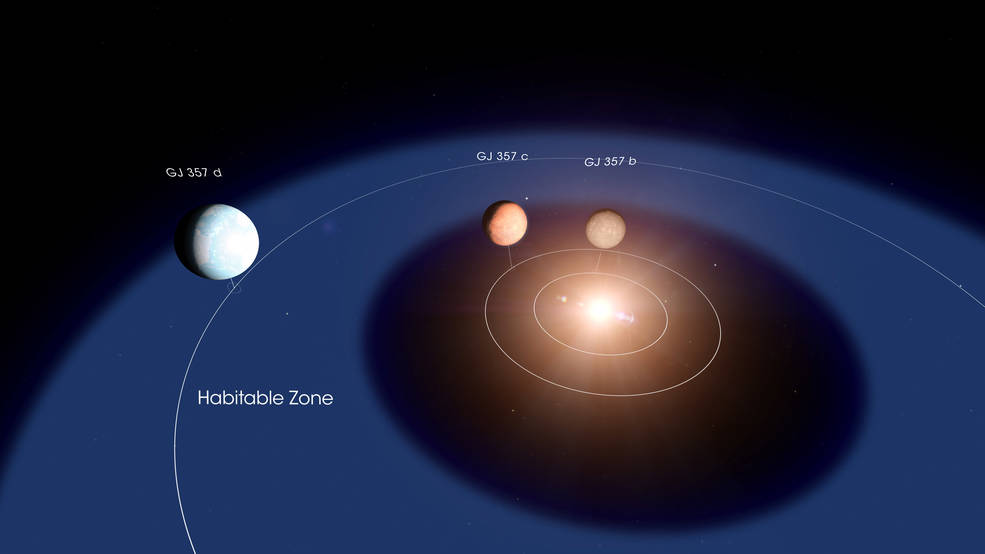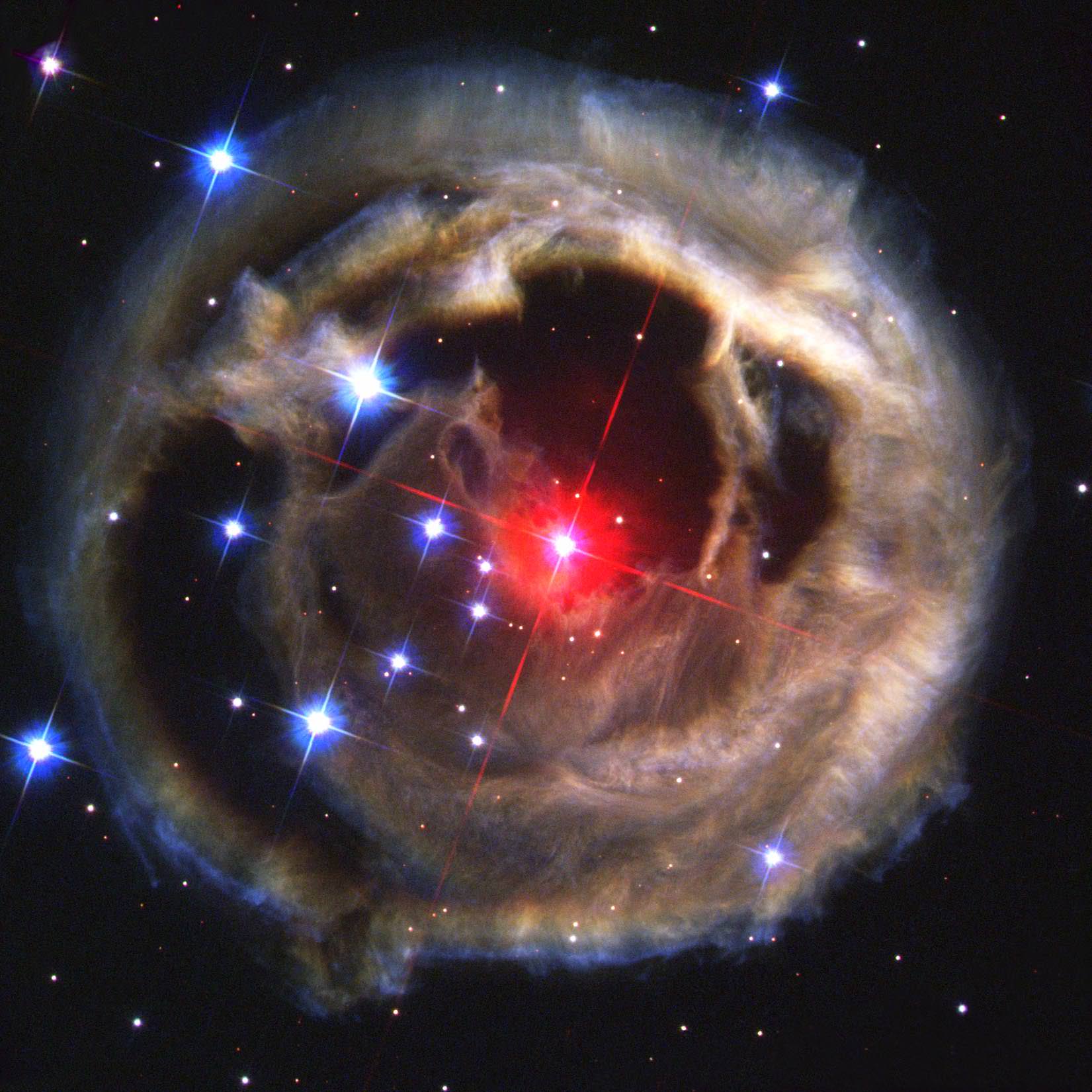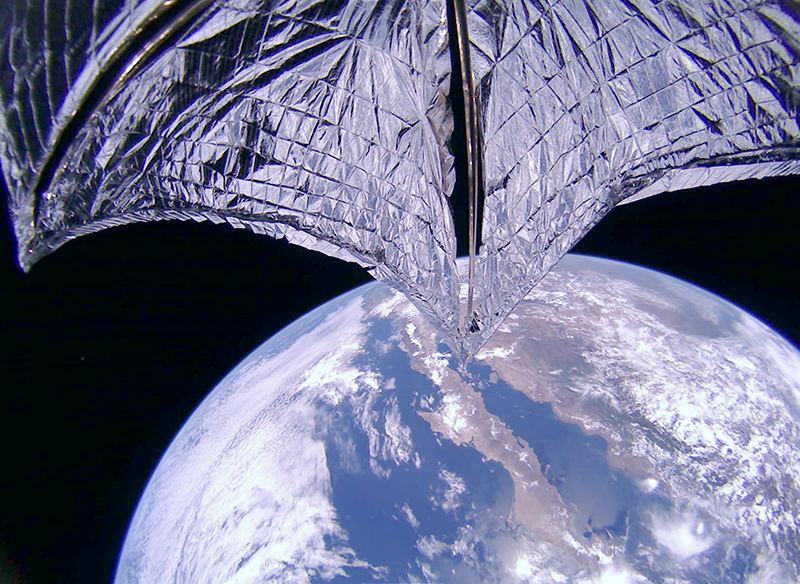Welcome back to our series on Settling the Solar System! Today, we take a look at the closest celestial neighbor to Earth. That’s right, we’re taking a look at the Moon!
Chances are, we’ve all heard about it more than once in our lifetimes and even have some thoughts of our own on the subject. But for space agencies around the world, futurists, and private aerospace companies, the idea of colonizing the Moon is not a question of “if”, but “when” and “how”. For some, establishing a permanent human presence on the Moon is a matter of destiny while for others, it’s a matter of survival.
Not surprisingly, plans for establishing a human settlement predate both the Moon Landing and the Space Race. In the past few decades, many of these plansa have been dusted off and updated thanks to plans for a renewed era of lunar exploration. So what would it take to establish a permanent human presence on the Moon, when could it happen, and are we up to that challenge?
Continue reading “How Do We Settle on the Moon?”



